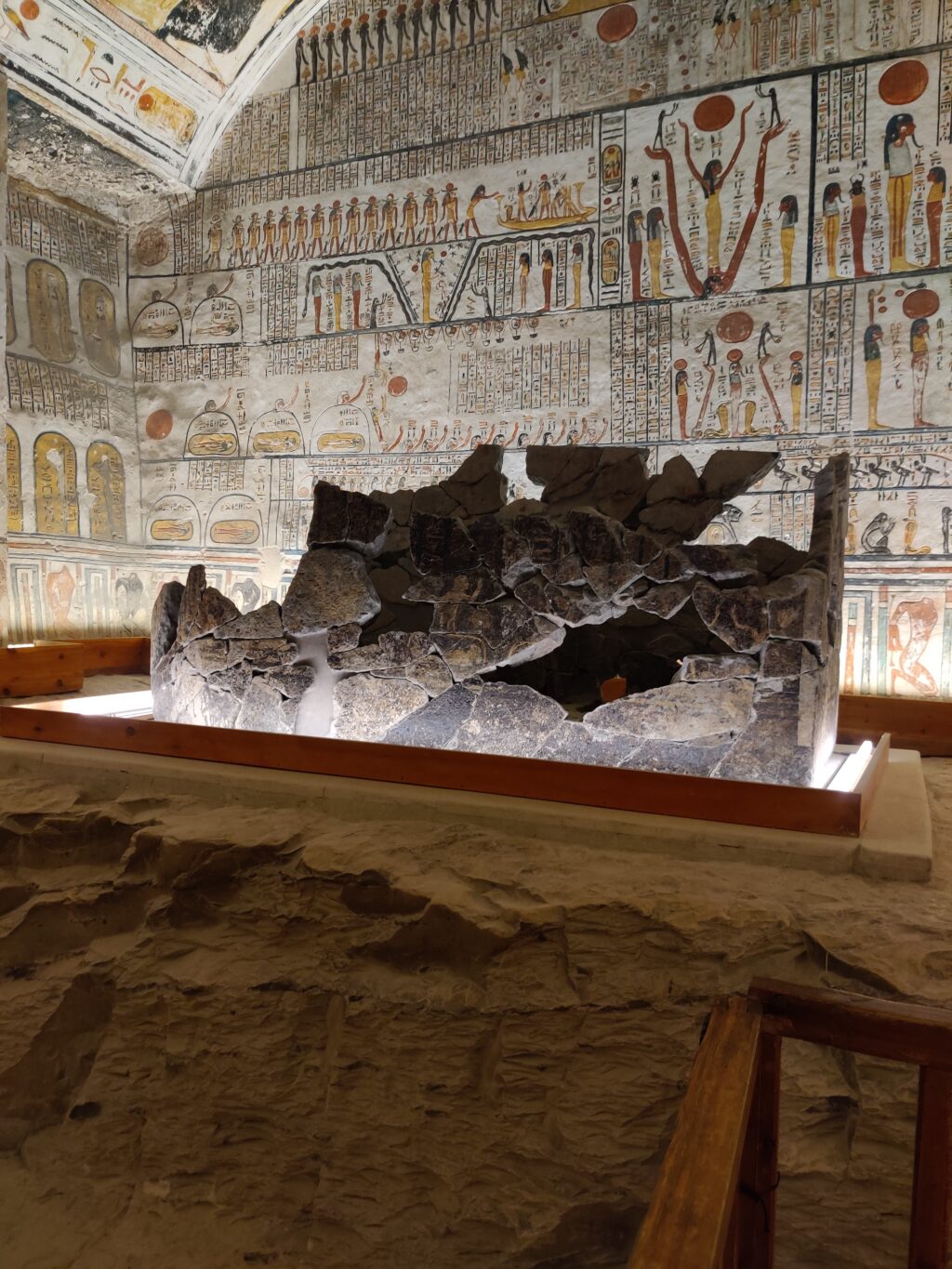Dr. Farhad Mofidi is a computer security scholar and a professional in the field of cybersecurity and security engineering. Talu mei heʻene hoko ko ha blogger taʻu hongofulu tupu ʻo Peasia, he has had to deal with censorship, puleʻanga surveillance, mo fakautuutu e ngaahi ʻohofi ʻoku fai ʻi he ʻInitaneti.
He later moved to the United States, where he studied information security, engineering, and business administration. As an American cybersecurity expert, Farhad also worked for the U.S. government to help secure U.S. federal government systems. ʻOku maʻu ʻe Farhad ha MBA ʻi he ngaahi founga fakamatala mo e meʻa fakapaʻanga, ko ha MS ʻi he polokalama fakamatala fakaʻenisinia – Cybersecurity, and a PhD in Cybersecurity. In addition to his educational and professional endeavors, Farhad remains dedicated to raising awareness about the importance of cybersecurity and advocating for digital rights. He actively participates in activities and discussions, sharing his insights on the evolving cyber landscape and the need for proactive measures to mitigate risks. ʻOku fakataumuʻa ʻa e weblog ko ʻeni ke tanaki mamalie mo pulusi ha niʻihi ʻo ʻene ngaahi ngaue ʻi he lea faka-Pilitania.Join My Network
Researching the future of cyber defense
See PublicationsKau mo kimautolu. Te mau ʻoatu pe ha ngaahi meʻa fakaʻofoʻofa
Mei heʻeku blog
The ancient world’s biggest security failure: security lessons from the Valley of the Kings
Thanks to Mastercard’s long annual leave (we have 25 days!) I took a two week trip to Egypt earlier this month to visit a place I have always wanted to[…]
Lau ke lahi angeHow to land an entry level cybersecurity job
This post is a response to a friend who is seeking a cybersecurity role in an extremely challenging market. Given that this is a widespread issue these days, I decided[…]
Lau ke lahi angeFuʻifuʻi e ngaahi ʻohofi ʻo: founga ʻoku kau faihia ai ʻa e infiltrate malu infrastructures
My first encounter with the world of cyber-criminals occurred through a watering hole attack campaign many years ago. I visited a Persian website and discovered that it was downloading malware[…]
Lau ke lahi ange


